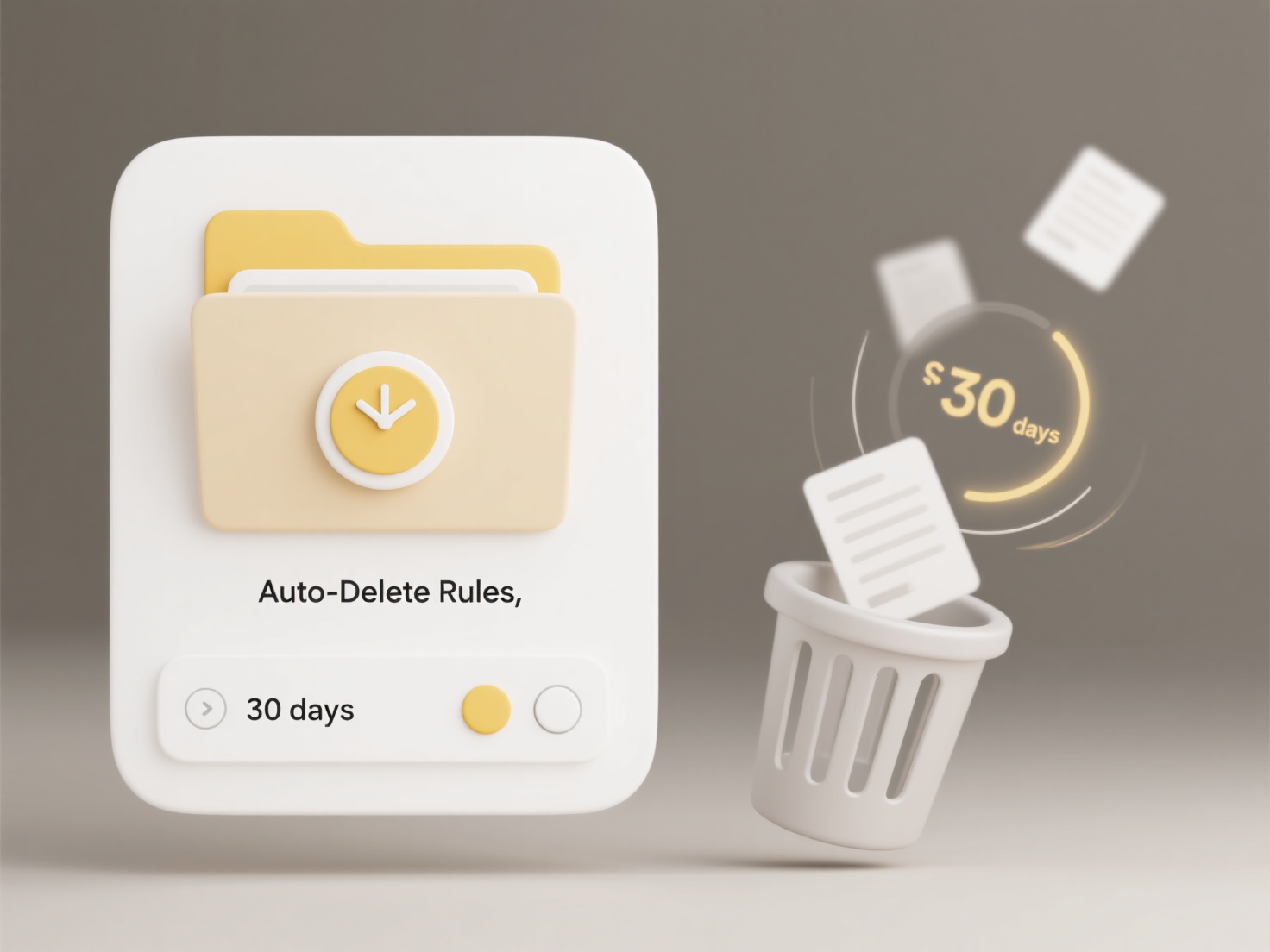
Camera image formats define how pictures are stored as files, such as JPEG, RAW, PNG, or TIFF. You often cannot force the native capture format directly at the sensor level; the camera hardware itself typically records in a specific raw or JPEG format. However, many cameras allow users to choose the final output format from a set of options supported by the camera's hardware and software. Changing the capture format usually involves selecting it in the camera's menu settings before taking the picture.

For instance, most DSLR and mirrorless cameras offer a menu setting where the photographer can select JPEG quality levels (like Fine, Normal, Basic) or choose to save images as RAW files instead. Some professional cameras might offer TIFF. Photo editing or camera control software running on a connected computer may also let you select the output format when saving the file after capture, provided the camera streams compatible data. This capability is essential in photography, medicine, or science for specific workflow needs.
The key advantage is flexibility: RAW files preserve maximum data for editing, while JPEG offers efficient compression for sharing. Limitations include hardware constraints preventing unsupported formats, and RAW files consume significant storage. Choosing formats ethically, like using verifiable RAW for journalism, can be important. While direct hardware-level forcing is rare, selecting output formats via settings or software provides significant control, fostering innovation in image processing workflows.
Can I force a camera to use a specific image format?
Camera image formats define how pictures are stored as files, such as JPEG, RAW, PNG, or TIFF. You often cannot force the native capture format directly at the sensor level; the camera hardware itself typically records in a specific raw or JPEG format. However, many cameras allow users to choose the final output format from a set of options supported by the camera's hardware and software. Changing the capture format usually involves selecting it in the camera's menu settings before taking the picture.

For instance, most DSLR and mirrorless cameras offer a menu setting where the photographer can select JPEG quality levels (like Fine, Normal, Basic) or choose to save images as RAW files instead. Some professional cameras might offer TIFF. Photo editing or camera control software running on a connected computer may also let you select the output format when saving the file after capture, provided the camera streams compatible data. This capability is essential in photography, medicine, or science for specific workflow needs.
The key advantage is flexibility: RAW files preserve maximum data for editing, while JPEG offers efficient compression for sharing. Limitations include hardware constraints preventing unsupported formats, and RAW files consume significant storage. Choosing formats ethically, like using verifiable RAW for journalism, can be important. While direct hardware-level forcing is rare, selecting output formats via settings or software provides significant control, fostering innovation in image processing workflows.
Quick Article Links
What apps offer smart search for file retrieval?
Smart search for file retrieval goes beyond simple filename searches by analyzing file content, metadata, and context to...
What is a hash-based duplicate file finder?
A hash-based duplicate file finder identifies identical files by generating a unique "fingerprint" (hash) for each file'...
Can I open screenshots from iPhone on my PC?
Yes, you can open screenshots taken on an iPhone on your PC. iPhone screenshots are standard PNG image files, universall...